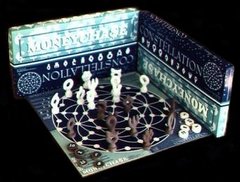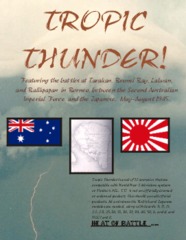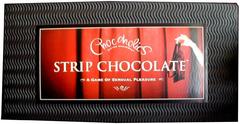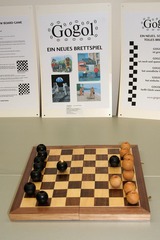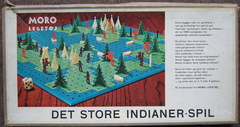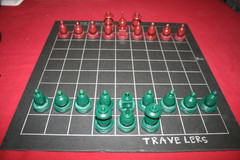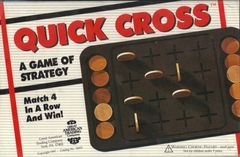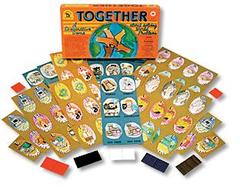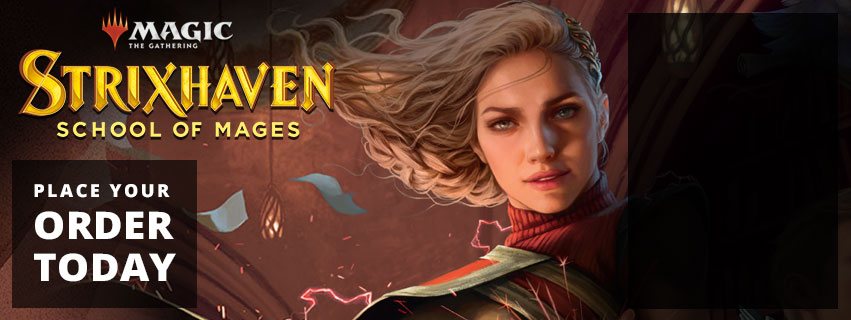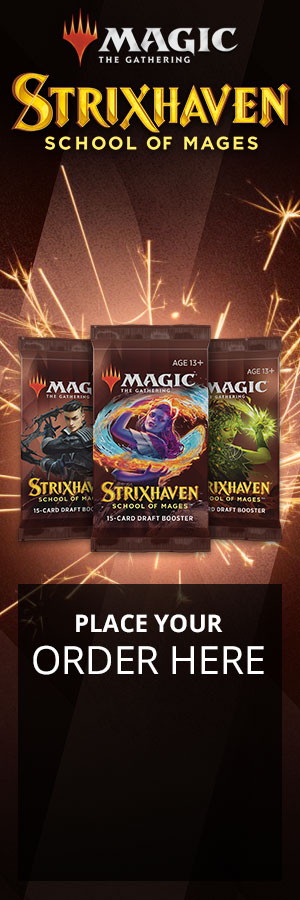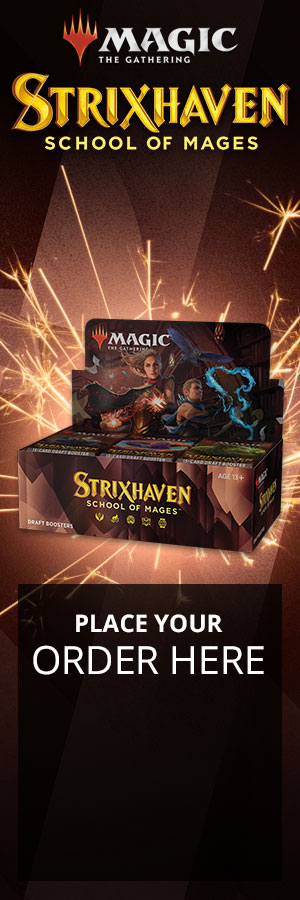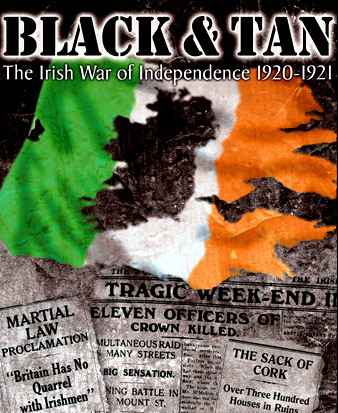
Black and Tan War
-
Description
Black & Tan War is an historical simulation of the Irish War of Independence, 1919-1921. Each player has a unique deck of cards that “drives” nearly all game procedures.
MAP: Map depicts all of Ireland divided into 45 different regions.
SCALE: Operational. Turns are bi-monthly. Irish units represent 12-100 men. British units are army battalions, auxiliary police companies, and local constabulary.
COMPONENTS: Two decks of 55 cards, 22” x 34” map, 280 ½” counters, 77 5/8” counters, 24 page rulebook, and 3 player aid cards.
COMPLEXITY: Medium. Somewhere between We the People and Wilderness War.
One player controls the forces of the British Crown – regular battalions of the Royal Army, the Royal Irish Constabulary (RIC), its elite Auxiliary Division, and the English “Black & Tans” who filled the RIC’s vacant ranks as native Irish policemen resigned from the force.
Each card in the Crown Player’s deck may be played for 3different purposes:
1) To conduct Operations with a number of units determined by the card’s value. These can be Patrols that aim to “show the flag” and catch the foe unawares; small-scale Raids to capture known or suspected Republican activists; and large-scale military Roundups intended to encircle and trap guerrilla units.
2) To cause an Event, of which there are many different types, including: Army Reinforcements, Blockade, Spies, Black & Tans, Motorization, Armored Cars, Mass Arrests, the RAF, and various new laws – just to name a few.
3) To recruit an Informer in one of the three regions listed on the card. These greatly boost the effectiveness of local Crown operations – and impede the activities of Republican guerrillas.
Crown forces other than the Irish-born RIC may take revenge for guerrilla attacks and the generally hostile attitude of the natives by destroying civilian property. Such ‘reprisals’ can play a significant role in eroding both the British and Irish peoples’ will to continue the struggle.
The other player controls guerrillas loyal to the Irish Republic proclaimed on Easter Sunday 1916. These come in two different types – ‘Brigades’ manned by part-time fighters, and ‘Flying Columns’ comprised of full-time guerrillas. Since the Republicans were perpetually short of both arms and ammunition, separate markers are used to keep track of how much each guerrilla unit has on hand at all times.
Each card in the Irish Player’s deck may be played for 4 different purposes:
1) To conduct Operations with a number of units determined by the card’s value. These can be Arms Raids to bolster the guerrillas’ armory; Barracks Attacks on isolated police stations; and Ambushes against Crown forces on the move.
2) To cause an Event, which can include Spies, Prison Breaks, Hunger Strikes, U.S. intervention, Arms Smuggling, and various propaganda victories – among many other possibilities.
3) To Activate a guerrilla unit in one of the three regions listed on the card. These are ‘weighted’ so that brigades will most often be activated in regions where historically the guerrillas were most active during the real conflict.
4) To mount Counter-Intelligence efforts against Crown intelligence assets.
Leadership is critical for the success of Republicans. Thus, 28 historically significant guerrilla leaders have their own counters and are rated for both aggressiveness and tactical expertise.
Since the Republicans had no chance of winning a military victory, the decisive factor that determines victory or defeat is the British people’s will to continue the fight. As guerrilla attacks and reprisals proliferate, ever more Crown forces are deployed to Ireland, and the war’s financial and human costs steadily mount, British Will inevitably declines. The last few turns of the game are usually a “nail biter” as British Will plummets even as the guerrillas teeter on the verge of defeat due to irreplaceable losses among their leadership and rank-and-file.
-
Details
Category: WargamePublisher: (Unpublished), Clash of Arms Games

